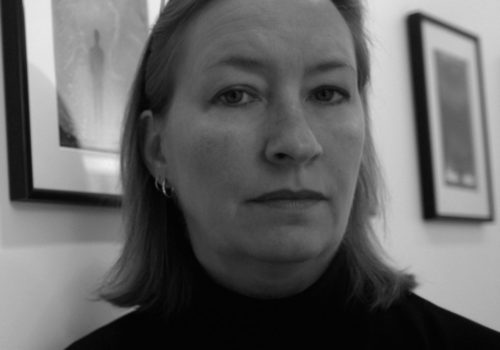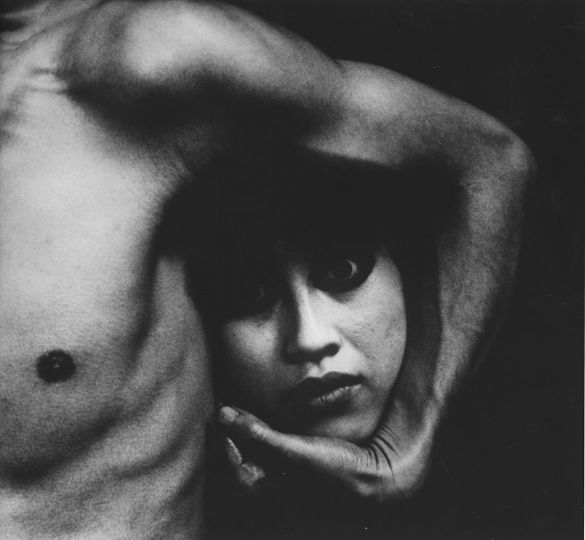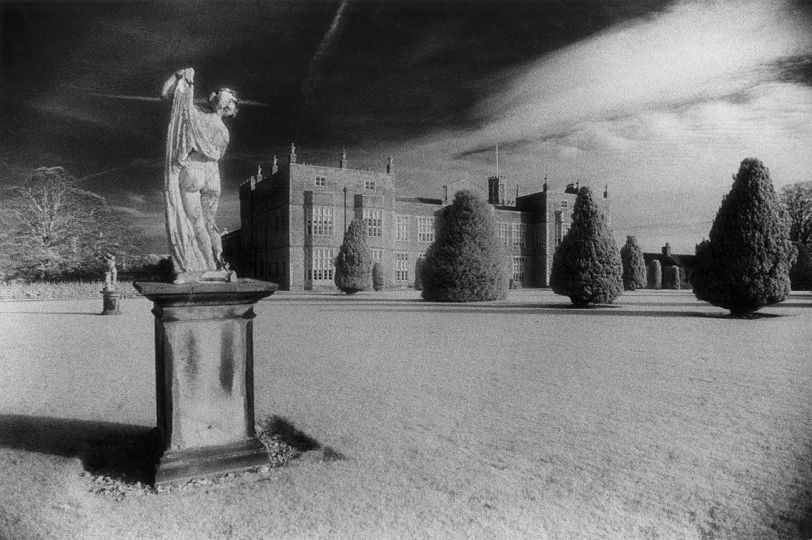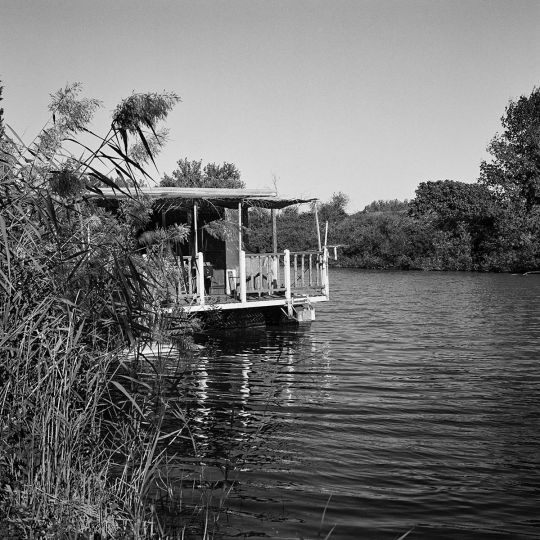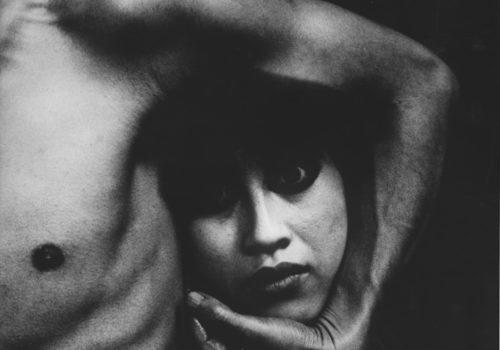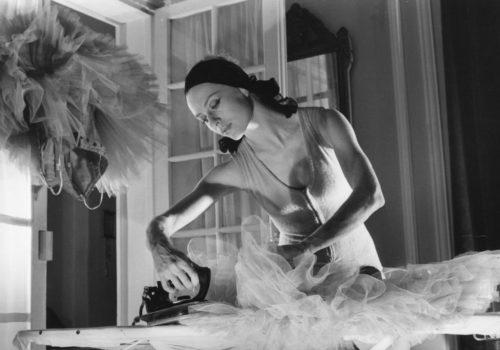Evolution: Is it as ugly as we thought?
One view of photography’s digital age
“Where’s my film? Did Kenny [the courier] show up yet? Is it in the lab? I need this logged in now.”
It was 1993, at the height of the war in Bosnia, and mounds of film were piling up for all sections of the magazine, news and the arts alike. Wow! A hell of a first day at work for what I thought would be a two-week post on the photo traffic desk forNewsweek.
In that heyday of magazine journalism, with dozens of photographers on assignment on a weekly basis, few if any of us could see what was coming — the age of the Internet, email and, yes, the digital camera.
Although enabling the near-instant delivery of images from camera to editor, the early digital cameras were no match for the quality of film. But in 2001 Nikon’s D1x and Canon’s 1D hit the market. They still didn’t offer film quality, but — factoring in the time saved and the absence of costs for scanning and transmitting or even shipping — they made digital increasingly attractive to photographers and editors on deadline.
In a matter of a few years, the industry was turned on its head. News and creative agencies were forced to scan their massive archives and establish websites, a costly endeavor that in the end was the downfall for many. Corbis and Getty, with their deep pockets and an early Web presence, began to gobble up giants in the industry like Sygma, Saba, Allsport, Tony Stone and The Stock Market. At the time, some photographers involved with strong stock sales perceived this move as an opportunity to increase their sales, bringing more eyeballs to their images. Corbis and Getty were taking on the costly task of scanning and cataloguing all of their work from their former agencies’ files and were going to market on the World Wide Web. Actually, only select images were scanned; the others were either returned to photographers or packed away, and frame upon frame of our photographic history was sent off to facilities like Iron Mountain, never to be seen again. To add insult to injury, these new giants of the stock industry slashed their prices, offering deep discount subscriptions to publishers. Photographers who had had a steady income from stock sales to supplement their once booming assignment incomes saw their sales cut from thousands to mere dollars monthly.
What’s more, the other photo agencies that survived the costs of offering their images on the Web, in addition to trying to “keep up with the Joneses” and their low-image-cost offerings, suffered the extinction of their bread and butter — research fees.
Doom and gloom. Once successful photographers and agencies began to pack it in, as they could no longer make a living in their beloved industry.
It’s been nearly 15 years since the sky supposedly fell. But during those years the very technology that was thought to doom us actually evolved into a promising new age of photojournalism. I took a few years away from editorial starting in 2006, to work in the photo tech sector for PixWays, and since my return as the Photo Editor for Yahoo News I have been inundated with amazing work. Photojournalism is far from dead.
Technology has helped in so many ways — for instance, with tools that link photographers and editors for assignments. Using tools beginning with LightStalkers, followed by World Assignment and now Blink, photo editors are connecting with photographers across the globe with real-time location tracking.
Digital Railroad hit the scene in 2003, followed by PhotoShelter and others, enabling professional photographers to set up personal e-commerce websites to archive and market their work.
New platforms offering digital galleries for corporate exhibitions, fine art and editorial prints are available with Artdeo and Photo Museum of Humanity. New ideas are popping up every day to distribute, monetize and protect professional photography.
One of the biggest issues of the digital age was a deep misunderstanding of the copyright laws. Photographers, the ones who used to make a lot of money with reproduction fees, were being ripped off by unprofessional bloggers and early online publishers alike. If it’s on the Internet, it’s free, right? Happily, startups like PixScout, PixTrakk and more emerged to offer image-tracking services with reporting, and even offering legal services to recoup license fees.
Facing new challenges and the Internet’s thirst for video, photojournalists began to shoot video on assignment as well as stills. At the end of the day, it’s all visual journalism. MediaStorm came on the scene in 2005 and, with the introduction of a multimedia production company focusing on photojournalism, opened doors and minds to the power of multimedia storytelling. Take, for instance, Jonathan Torgovnik’s “Intended Consequences,” which came out in 2008. It was so moving that it sparked the creation of Foundation Rwanda, which raises money for the education of children born of rape after the 1994 Rwanda genocide as well as aiding the mothers, many infected with HIV/AIDS, to find medical and psychological help. Just this past year, veteran photojournalists Ed Kashi and Matt Black teamed up to produce a beautiful, haunting piece on the plight of migrant farmers amid the California drought. With Kashi’s video and Black’s photography, this multimedia piece, shot on assignment for The New Yorker and titled “California: Paradise Burning,” ran rampant over the Internet, with posts of their accomplishment on many online news publications.
This brings me to the other bright light about the Web. We all loved print and still do. There’s nothing like looking at great images and display type and having the luxury of designing a page without the strict parameters of a CMS … but there’s a limited number of pages on which amazing images can be displayed. One of the best things about this digital age is the abundance of space on the Web.
OK, so one of the worst things about this digital age is the abundance of space on the Web. Throughout much of these 15 years, the general public, with their cellphones and social networks, flooded cyberspace with happy snaps and selfies. iPhone amateur photography became the enemy of the pros. But then cellphone camera technology improved, Instagram was introduced and more and more professional photographers entered the Instagram craze. Photojournalists such as Robert Clark and Ben Lowy, and others who have enormous followings on the platform, have been plucked to shoot Instagram on assignment. Matt Black was named Time’s pick for Instagram Photographer of the Year 2014. What at first was a toy for the masses that made even bad photos look cool has risen to become a respected mode of photographic art. What a long way we’ve come.
I grew up in this business with the Newsweek-vs.-Time mentality, where the competition for standout journalism was vital. But after the fall of print — which is not as fallen as we thought (even Newsweek is back in print) — NGOs, corporate grants and crowdfunding came to the financial aid of many deserving photojournalists. Even so, there’s only so much to go around. Due to declining ad sales for print, magazine and newspaper budgets had been slashed to the bone. The White House magazine pool in the U.S. collapsed, as well as any continuing hope of original photography for war, politics or sports. Assignment photography was in peril. Once a supplement, wire subscriptions became the new norm. While our very talented and dedicated wire partner photographers were on the job, it did mean that every publication of worth had access to the same content.
The good news is that now, in the effort to stand out from the white noise of 24/7 Internet news, the competition for the best feature stories with original assigned photography is on the upswing for online outlets like Yahoo, Politico, MSNBC and many others. Yet it’s still far from the old days.
So what’s ahead?
Conflict photographers and their sponsors will continue to face new challenges. The idea of sending photojournalists into zones targeted by ISIS, Boko Haram and the chemical barrel bombs in Syria has given pause to our ability to cover the victims — and many of our colleagues have been savagely and publicly targeted themselves. War is no longer war. The technology that has aided our profession has also enabled those who oppose the Western world to cyber-enlist individuals to take their cause.
We’ve seen how technology changed many aspects of our business, some for better and some, tragically, for the worse. We are now in a generation in which great photography, no matter the circumstance in which it’s been captured, leads to clicks and “hearts” and “thumbs up” on social and commercial sites. In our new landscape, that’s rewarding in one sense, but how can it translate to financial support for professionals?
I believe that companies like IMGembed are on to something with tagging professional photography with a code that tracks engagement. The model would look like a “pay per view” system of calculating profit by popularity of content with advertising, which was and still is the model for all commercial websites. The advertising revenue for any given platform, social or otherwise, would be shared with the photo content provider. Every heart and thumbs up, reblog and page view would represent a certain percentage of ad profit for the copyright holder in lieu of photo reproduction licensing fees. This would constitute a massive transformation of our current licensing system — but our whole industry was turned upside down in a matter of a few years, so why not extend this to the way photographers are compensated?
Our industry has evolved and will continue to do so. The future of photojournalism is in the hands of all of us in our roles as photographers, editors, funders, promoters and creators of new apps and platforms. The willingness to look ahead and leave the old ways behind while adhering to their lessons and mission is crucial. We must embrace the digital landscape and use technology to find the solutions for tomorrow. There are always stories to tell, and it’s our job to share them with the world. And if one day the hard work of photojournalists can be rewarded and supported with clicks and likes… I hope for lots of thumbs up and many hearts.
Kelli Grant, Photo Editor Yahoo News

